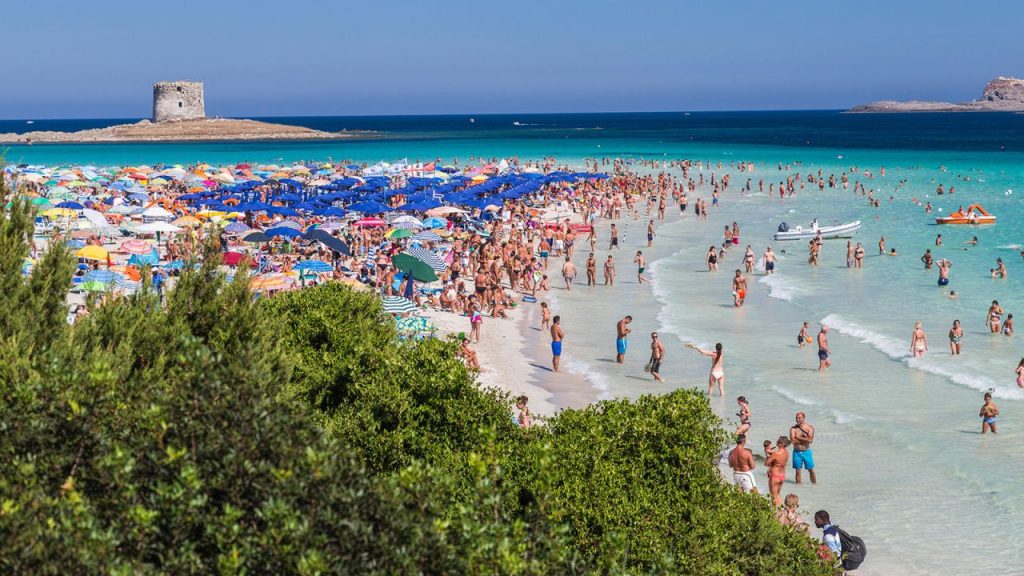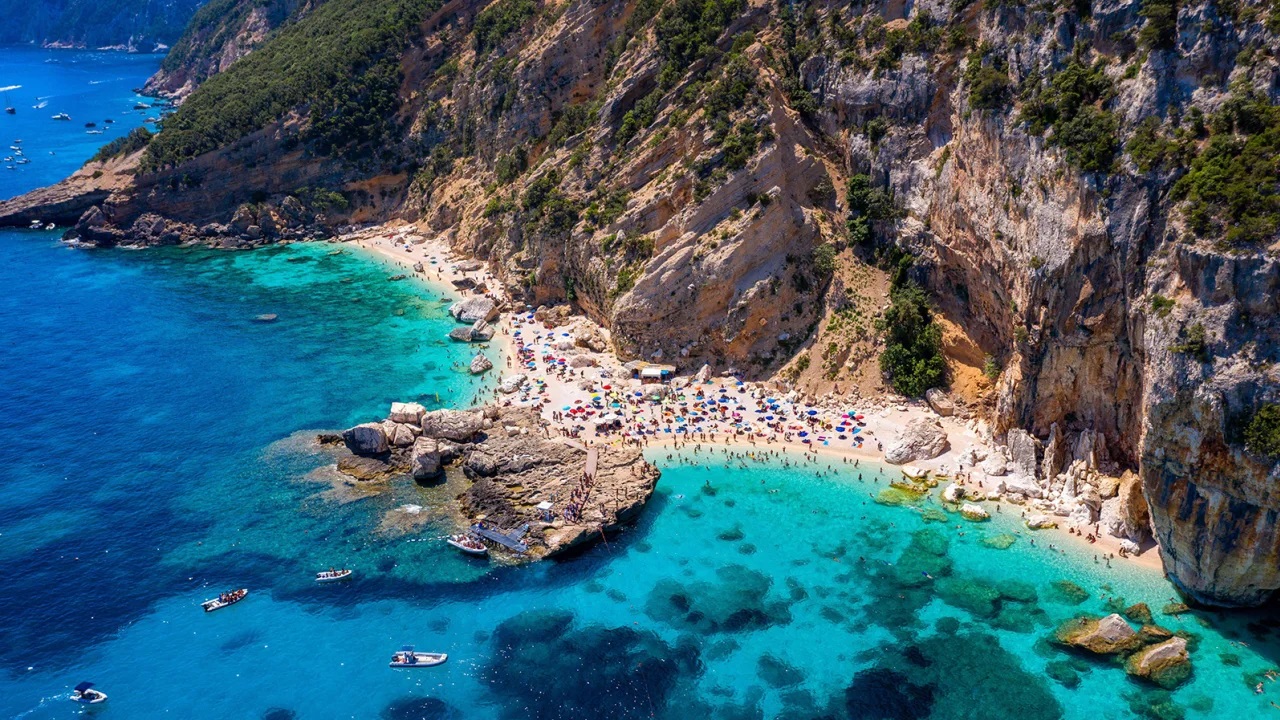By Silvia Marchetti, CNN – As temperatures rise and summer beckons, it’s fast approaching that time of year when tourists from all around the world descend on Italy’s coastline.
But the huge popularity of Italy’s two largest islands Sicily and Sardinia, known for their pristine beaches and fluorescent blue waters, has come at a cost to the local environment, with trash and sand theft among the biggest problems.
However, this summer, local authorities are taking extra steps to preserve the natural environment by enforcing strict daily visitor limits, with some of the most highly rated beaches in the popular islands in the frontline.
While Baunei, a small village in a remote area of eastern Sardinia, has implemented daily visitor caps in previous years, restrictions on the number of sunbathers permitted to visit some of the most beautiful beaches along its 40-kilometer coastline overlooking the Gulf of Orosei are being tightened even further this summer.
Unsustainable visitor numbers

“Our land is mostly ragged tall cliffs where mouflons (wild sheep) and hawks live, and just a dozen beaches so everyone flocks there, crowding these,” Stefano Monni, the mayor of Baunei, tells CNN.
“We can no longer afford thousands of daily sunbathers all squeezed in one spot as in the past, it’s unsustainable.”
Four beaches are affected. Cala dei Gabbiani and Cala Biriala both now have a daily cap of 300 visitors in place, while Cala Goloritze has a limit of 250 visitors per day, and Cala Mariolu, the largest of the beaches, has a daily limit of 700 people.
Visitors to Cala Goloritze, which is only accessible by foot or boat, will be charged an entrance fee of six euros (US$6.5.)
Beachgoers must book their spot at all of these locations through an app called Cuore di Sardegna (or Heart of Sardinia) at least 72 hours before their visit. The entrance fee for Cala Goloritze can either be paid online, or with cash at the entrance to the inlet.
This charge will help fund surveillance, a parking area and maintaining the paths and toilets on the beach, according to local authorities.
“All these beaches, even those with free entrance, are tidy and neat,” adds Monni. “There’s surveillance, assistance to sunbathers and cleaning services. If people want, they’re welcome to leave a small contribution.”
At Cala Mariolu, one of Sardinia’s most famous beaches, a one euro per passenger fee is now applicable to any boats or dinghies that dock here.
“We must protect this paradise and its fragile ecosystem,” adds Monni.
The mayor says Baunei’s waters were rated as Italy’s most beautiful sea in 2022 by Legambiente, an Italian ecological lobby group. He says it’s also a site of European interest due to protected animals and birds species.
“Limits must be set otherwise everything collapses,” he adds.
Monni says that Cala Mariuolo has been besieged by up to 2,000 tourists a day in previous years, a situation he describes as “carnage.”
The coastal area of Baunei welcomes around 300,000 tourists each summer.
In a bid to further tighten restrictions, Monni has submitted a request to Sardinia’s regional authorities for permission to implement a mandatory six-square-meter distance between sunbathers throughout the entire coastline.
It won’t be an easy process. While Monni is confident about controlling access to the inlets by land, he’s fully aware that restricting access by sea will be more difficult. Private dinghies, yachts and canoes still show up in the area, often arriving from nearby towns.
“We can control sea arrivals only if the boats are run by the authorized tourist operators we have deals with and on a rotating base, no more than two hours on the beaches for each boat group,” explains Monni.
Beach towel ban



